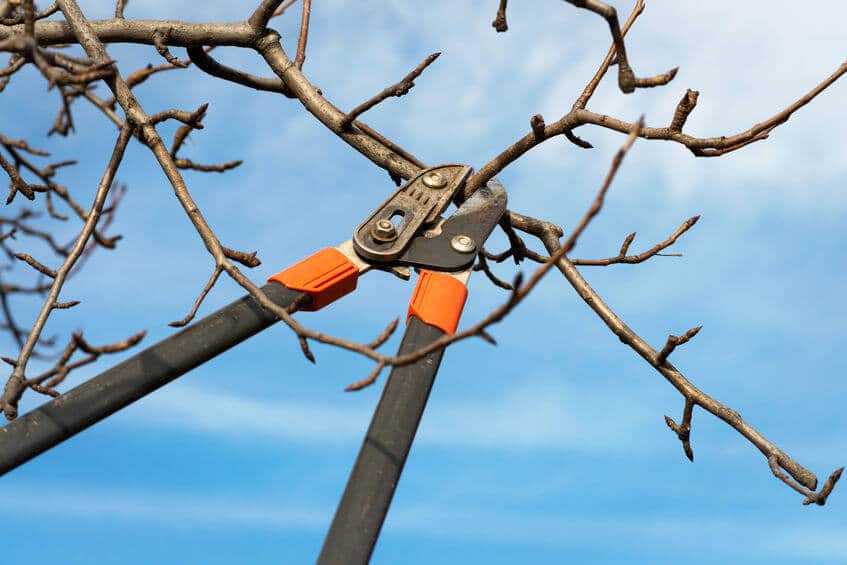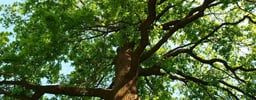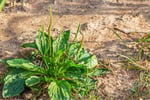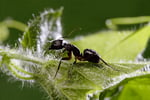
Western Washington lawns might be seeing an increase in Snow Mold cases. Lawns that looked great last fall are now starting to look pretty ugly! Snow Mold lawn disease can affect most all types of grasses that must endure a period of freezing temperatures and snow cover. It is often the first disease of the year and may cause your lawn to have an unsightly appearance, especially after the snow melts. Snow Mold can even develop without snow cover. If it is cool, rainy, and overcast, then the disease can become active and affect the lawn.
Fixing the damage can vary depending on how severe it is. Use of a fungicide can help to kill the mold, but more will need to be done. If you have areas of light patching then you should lightly rake up the areas and make sure that you get on a consistent feeding plan for the spring and the rest of the year. Heavier damage may require thatching, over seeding and consistent feeding.
There are some ways to help prevent against snow mold in the future. Make sure your lawn is fed regularly throughout the year. Aerate your lawn at least once a year to help keep thatch down. Thatching is needed in most lawns every couple years. Air flow and sunlight are the key ingredients to fighting off the mold. Heavy thatch in your lawn will shade your roots and chock off good air flow, so keeping thatch down is crucial. There is no way to guarantee that your lawn will not get snow mold but these suggestions will give you a fighting chance.










